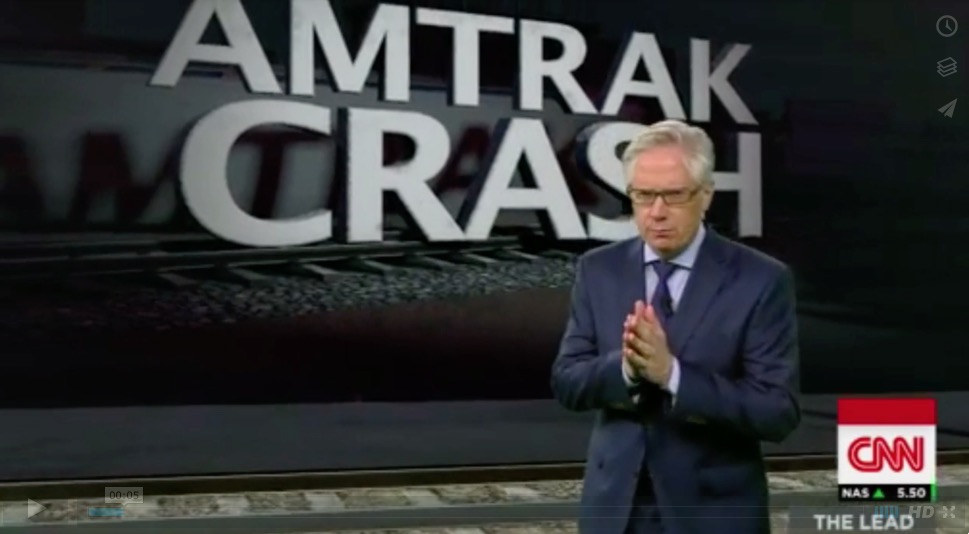Research is showing that viewers in all dayparts are listening more and watching less, so the way you use your voice may be more important than ever.
Close your eyes and listen to this presentation by CNN’s Tom Foreman. It’s as notable for the way he speaks as it is for the way he moves and gestures.

BN&Co’s voice and speech specialist, Jenni Steck, recommends paying particular attention to several things.
He manages his volume level. The best and most conversational level on television is generally one appropriate to the distance of the shot. So, if the picture places you at what in real life would be a distance of 3-5 feet from the viewer, you generally should use the volume level you’d normally use in authentic conversation with someone in person at that distance.
This does not mean you should never project, because there are times that the dramatic effect of being louder syncs with the dramatic effect of production elements around you — the music and pace of headlines, for instance.
It does mean that you should be able to move naturally and easily between a louder delivery and a more conversational one, and to use each as the conditions on the newscast warrant.
He does not necessarily use punctuation points as pause points. He moves at times from one sentence to the next without pausing at all, which is exactly what people do regularly in conversation. The pause happens instead in the middle of a sentence — where he takes a moment to think or to emphasize an idea.
Though he appears to be adlibbing and not reading here, the best readers do the same thing.
He speaks very expressively. He uses his entire voice — high notes as well as low ones. Research has shown that this is a practice that actually reinforces the impression that he knows what he is talking about.
The rhythm varies. The pace changes as he goes, speeding up at times and slowing down at others.
In general, the key to all of this is variety. The best talent do not work at just one volume or one pace or use a limited number of notes in their voices. Instead, they change dynamically as the circumstance and the story warrant.



